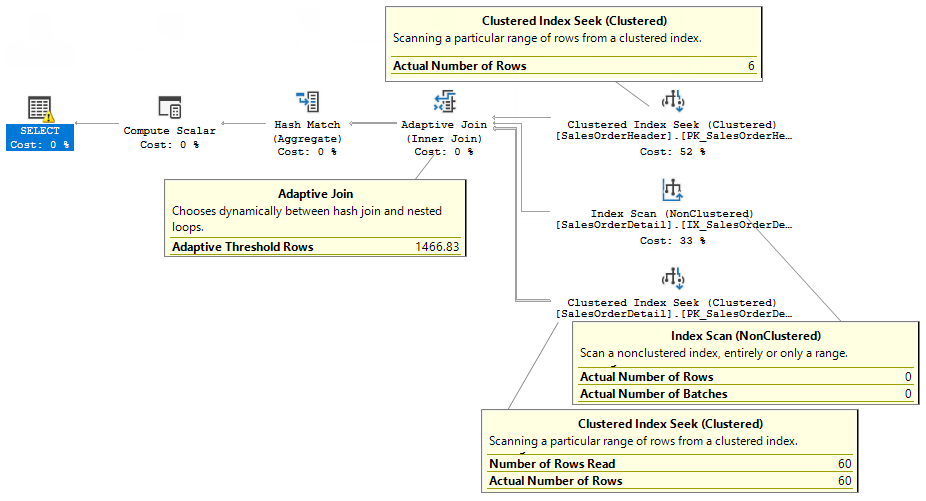

After the cursor, characters can be read either with or without advancing the cursor. Before the cursor, characters are completely inaccessible. A Scanner wraps a string, dividing it into two regions with a cursor. The centerpiece of Scanner-Driven Parser Development is a Scanner. One character lookahead allows the program's stack frame to be used for backtracking without maintaining additional state. Backtracking is a procedure that restores a parser to some previous state after following a dead end. Restricting lookahead to one character simplifies the parse function by reducing the need to backtrack. Lookahead refers to how many characters beyond the current reading position your parser will be allowed to "peek," or read without consuming characters. The second point deserves some explanation. Only one character of lookahead is allowed.Characters are read left-to-right, one at a time.Like most problems, writing a parser becomes much easier by embracing some well-chosen constraints. Writing a parser boils down to completing the body of a parse function consistent with a set of predefined rules. The following function template captures the essence of a parser: /** Input strings are evaluated one character at a time from left-to-right until either all characters are consumed or an invalid character is found. Parsing in a Nutshellįor the purposes of this article, a parser is a function that accepts a string conforming to some set of rules as input and returns an object representing the string's syntax as output. The examples are written in JavaScript, but the underlying principles can can be adapted to any programming language. This article describes a shift in thinking that can significantly reduce the time needed to get started and finish. Getting to the heart of the matter, running code, can take a lot of time and effort.

For a beginner, the topic may seem barricaded behind a thick wall of theory and vocabulary. KEY2 VALUE (KEY2 not preceded by KEY1) In. We want to ignore: KEY1 NAME KEY3 KEY2 VALUE. For example: We capture the pattern: KEY1 NAME KEY2 VALUE. Writing a parser from scratch can be a daunting task. The problem i have is that sometimes the keywords are used in a pattern that isnt treated, but this isnt a problem because we dont want to capture these cases (and just want to ignore them).


 0 kommentar(er)
0 kommentar(er)
